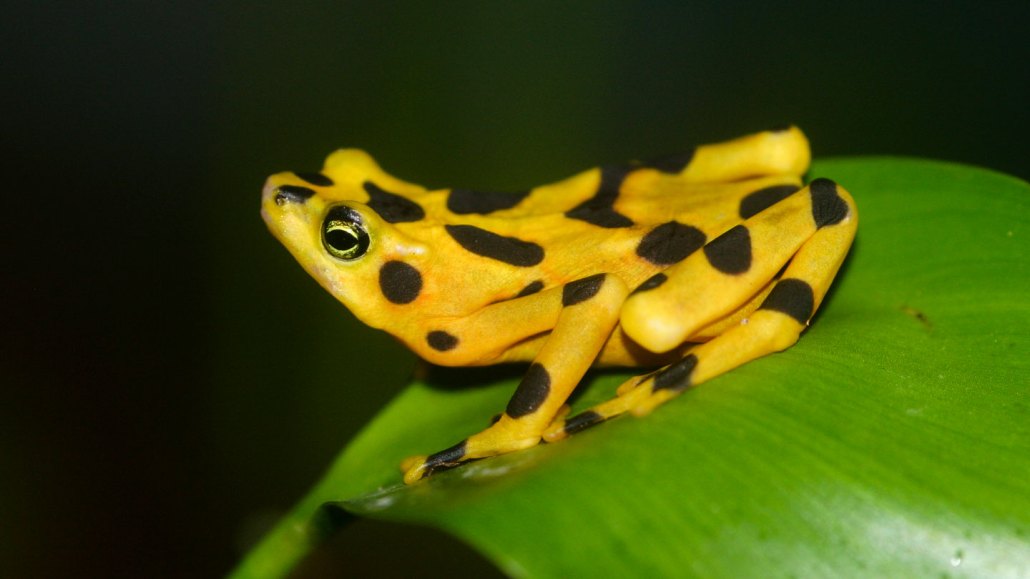Losing amphibians may be tied to spikes in human malaria cases
Missing frogs and other animals may have led to more mosquitoes, which can transmit the disease

The Panamanian golden frog used to call the rainforests and cloud forests of its namesake country home, until a deadly fungus appeared. The loss of the frog and other amphibians may have contributed to a rise in malaria.
Brian Gratwicke/Wikimedia Commons (CC BY 2.0)







